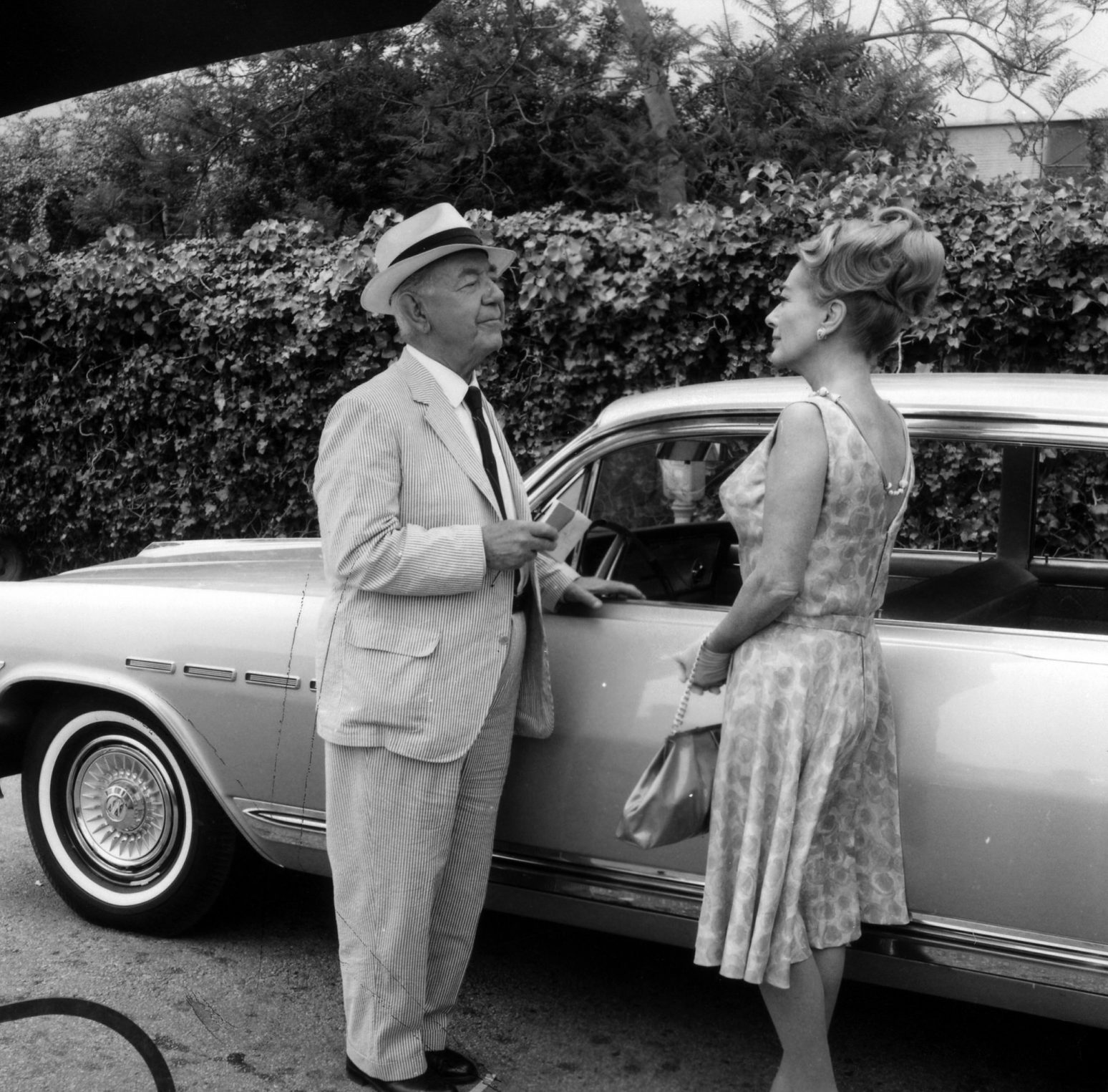
Dir.: Robert Aldrich; Cast: Bette Davis, Olivia de Havilland, Joseph Cotton, Agnes Morehead, Victor Buono, Mary Astor, Bruce Dern; USA 1964, 133 min.
This Grand Guignol of the Southern kind by underrated director Robert Aldrich stars Bette Davis and Olivia de Havilland. Scripted by Henry Farrel and Lucas Heller it re-unites the cast and crew of Whatever happened to Baby Jane? (1962) – minus Joan Crawford, who started the feature, but was driven out by rival Bette Davis, who asked for De Havilland as Crawford’s replacement.
In the unusually long pre-credit introduction, set in 1927, young Charlotte Hollis (Davis) is hoping to elope with married lover John Mayhew (Dern) on the eve of a ball, but her overbearing father Sam (Buono) has other ideas after being informed of her intentions by goody-two-shoes cousin Miriam (de Havilland). Even though John obliges Hollis sen., he is decapitated by a meat cleaver, Charlotte being suspect number one in his murder. Jump forward to 1964 when Charlotte, who has being living alone in the big mansion in Hollisport, Louisiana, is still haunted by the murder – for which she blames her father. Losing her mind, she is plagued by an apparition of John’s severed head. Charlotte is forced against her will to leave the mansion, due to the building of a highway. Cousin Miriam returns to help her see sense, together with doctor Bayliss (Cotton). But with the support of her housekeeper Velma (Morehead), Charlotte goes on fighting the past and the present. An eerie meeting between John’s widow Jewel (Astor) and Miriam, throws everything even more into confusion.
It should be said that Davis insistence of getting rid of Crawford has done the feature a great favour, since Crawford would have never had the ability to play such an understated villain as de Havilland. Cotton’s doctor is a snake like performance. Meanwhile, Morehead’s Velma tries to outscore Davis’ hysterics; the latter swings between keeping her status as a wealthy Southern Belle and outright paranoia. All said and done, Hush Hush belongs to DoP Joseph Biroc, who shot eleven of Aldrich’s features. His black-and-white images are truly haunting, he plays with shadows and light and his interior shots of the mansion have an overbearing emotive, tormenting quality.
Aldrich (1918-1983) made so many memorable features – Kiss Me Deadly, The Killing of Sister George, Vera Cruz, The Dirty Dozen, The Flight of the Phoenix – he should be considered one of the giants’ of his era. But all his genre-films contain a subversive sub-text, unsettling the audience. And this also applies to Hush Hush: which cannily compares the state of society with regards to race, nothing seems to have changed in those intervening forty years. Black and White are strictly segregated, the former only appear professionally in a serving capacity to the white masters. And the (all white) crowd in front of the mansion, watching Charlotte being carted off, gossip about their repressed sexual desires, Aldrich borrowing from Tennessee William’s Cat on a Hot Tin Roof and Baby Doll. And watch out for a direct quote/steal from Henri-Georges Clouzot’s Les Diaboliques! AS
BLURAY RELEASE 21 JANUARY 2019 | EUREKA MASTERS OF CINEMA